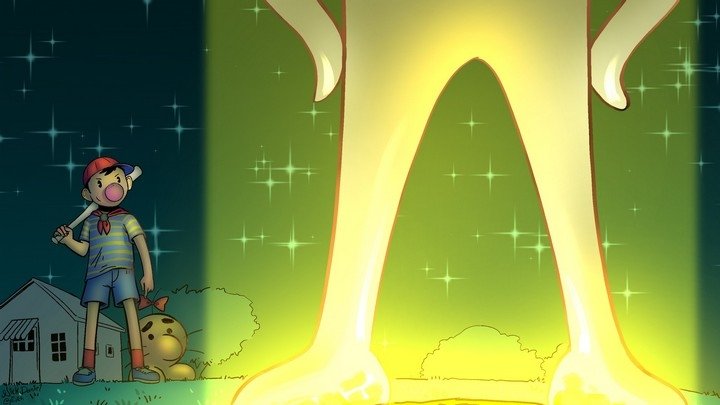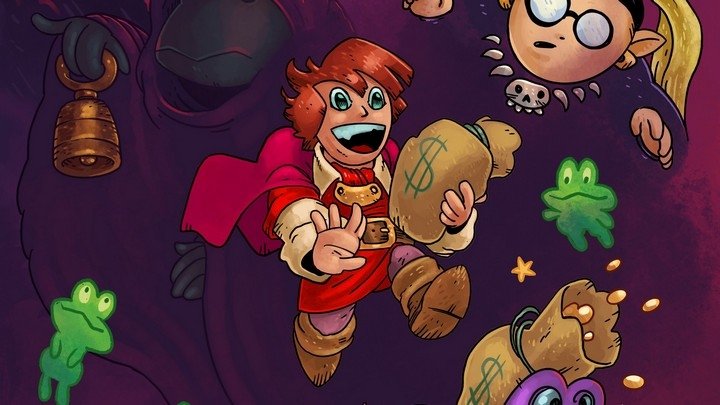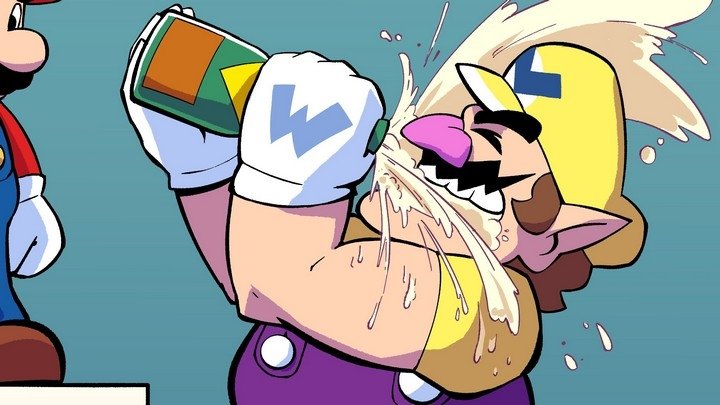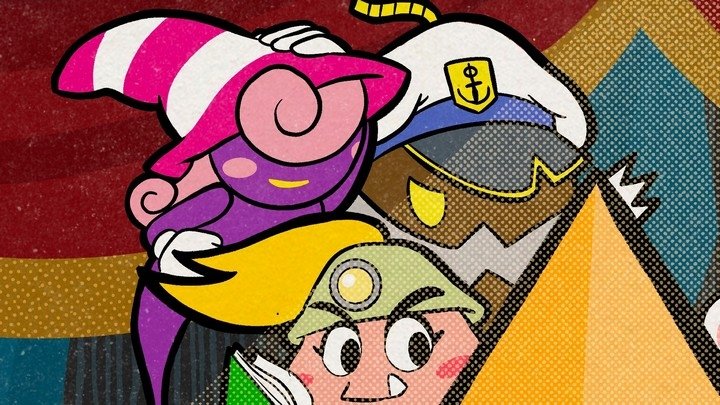Star Fox 2 and knowing what you've been missing
It has a fascinating history, but it's also just a great game.
Monday's announcement of the Super NES Classic Edition hit me like a ton of bricks. Like Jeremy said, a 16-bit follow-up to the NES Classic Edition seemed inevitable, but the minor detail that it would include Star Fox 2, a game that was completed but doomed never to see the light of day more than twenty years ago? I was stunned. In this pastime, so many announcements either drop out of nowhere or hold such obvious appeal that they come as little surprise. Far fewer fit into the category of withdrawn promises which, had they been released, might have only turned out to be cult hits anyway. Only would-be fans bearing the torch for a select handful of titles (Shenmue III comes to mind) can share in this unique sensation of getting gobsmacked by a comeback announcement long after we watched the world move on from our white whale. The last time an official release of Star Fox 2 seemed even remotely likely was probably when Nintendo first introduced Virtual Console on the Wii—a time when digital distribution of classic games was defined more by its boundless potential than its often unfortunate reality. That was over a decade ago now, so yeah, it's safe to say I'd made my peace. And now this!
Knowing there's a missing link in Nintendo's classic series is reason enough to be excited for Star Fox 2, but I suspect my hype is off the charts is because I've already played it. Well, I've at least played the unfinished development builds that were leaked years ago, as well as the subsequent release from ROM hacking group Aeon Genesis that took the more complete-looking build, localized the text, and touched it up to what they imagined the final product might be like. While these ROMs have been floating around for years, I suspect most people never made the effort to seek them out, so this is a good opportunity to explain just what Star Fox 2 is besides "unreleased." My knowledge is necessarily incomplete since it's based on pre-release versions of the game, but until the Super NES Classic Edition drops on September 29, that remains as close as anyone outside Nintendo's walls has come to the real McCoy.
As soon as you advance beyond the title screen, it's obvious Star Fox 2 represents a departure not only from the first game but from series norms as we've come to know them. Here, Fox McCloud, typically the player's sole avatar, is but one choice among six wingmates with differing attributes to suit multiple play styles. Team veterans Slippy and Peppy pilot new-type Arwings that trade speed for stronger shields and a stock of repair items, while newcomers Miyu and Fay fly special lightweight models with high maneuverability and fast-charging lasers but only a handful of barrier items to make up for their fragility. Finally, ace pilots Fox and Falco fly the familiar Arwings from the original Star Fox, which are balanced all around and come equipped with their traditional Nova Bombs. Each pair's starting items can also be found scattered throughout the game, but only one kind can be held at a time.

When you begin the game, you choose your pilot as well as their partner, who will serve as your main source of companionship and advice (which is to say, unlike other Star Fox games, you won't have the entire squad in your ear the whole time). You can switch over to play as your partner at any time, which raises the question of whether you'll select two complementary Arwing types to cover more bases or simply double down on the type with which you're most comfortable. There's no concept of lives in Star Fox 2, so falling in battle will put your current character put out of commission for the remainder, leaving their partner to carry on the fight alone. If both your pilots die, it's Game Over. These high stakes make it even more important to choose the right Arwing for the job.
The job, as it happens, also diverges from what we're used to. Not only must you take out Andross on the far end of the Lylat System, but you'll also need to protect Planet Corneria from the attacks he sends its way. Your HUD displays damage to the planet as a percentage, and the game is over if the ratio reaches one hundred percent. Rather than being constrained to a linear succession of stages—or even a branching path, as in later games—you can fly around the map screen and select your next destination at will. You'll need to choose wisely, too, as Corneria faces threats on all sides at all times. Even when you go down to a planet's surface, the various missiles and space fleets pointed at Corneria will continue inching toward it in real time, so you may decide to abort your current mission if General Pepper calls partway through to alert you of an imminent strike. Prioritization and adaptability are everything.
Missiles fly across the map in alone or in clusters, and your intervention plays out in brief action stages where you manually chase them down and blow them to pieces. Enemy fighter squadrons put up much more of a fight, as they can shoot back, evade your lasers, and even escape the skirmish if they manage to get far enough away; at the same time, they pose a greater threat to Corneria since they can deal continuous damage once they get within range. Battleships creep along the map very slowly, but if they manage to close the same distance, they'll start charging up a "Planet Cannon" that ultimately deals catastrophic damage in an appropriately momentous cut scene. Eliminating one of these dreadnoughts entails a longer stage where you must weave through its outer defenses before storming inside and destroying the core.

To help you stay on top of things, Corneria is guarded by a planetary defense satellite that can shoot down missiles and fighters when fully charged, and you can fly into the Star Fox team's mothership to repair your ships and warp directly to any planet not currently controlled by Andross. You can extend your territory by destroying the bases on the planets he's occupied, which also prevents them from launching more missiles at Corneria. As you zig-zag across the system laying waste to the evil ape's machinations, he'll begin to take notice and deploy units that hunt you down specifically. These include a giant robotic serpent called the Mirage Dragon and the earliest appearances by the Star Wolf team—some of whom you may also find patrolling the airspace over strategically important planets. Once you've thoroughly embarrassed your rival team and put a button on Andross's campaign of destruction, you can finally close in on his lair and finish the game. The whole affair clocks in under an hour or so, but the game is designed to be played more than once, encouraging return trips with higher difficulty levels that add more planets to liberate and more enemies on the map screen, including new ones like a plague of viruses that turn Corneria's defense satellite against it.
While the first Star Fox consisted entirely of on-rails shooting galleries, nearly every stage in Star Fox 2 allows for free flying in any direction, in what Star Fox 64 would famously tout as "All-Range Mode." The game's challenges are uniquely tailored to this new range of motion, from dogfights where you must outfly and outgun fast-moving opponents to the battleships whose spacious interiors you must carefully explore in order to locate the ship's core. These larger environments, in turn, complement one of Star Fox 2's other major innovations: a bipedal walker form which the Arwing can assume at the press of a button. The walker doesn't have engines propelling it forward at all times, so it allows you to stop down and assess your surroundings at a more methodical pace, aim precisely at stationary targets, uncover item caches, and manipulate switches that reveal the way forward.
Much of what would have made Star Fox 2 stand out has been scavenged and repurposed for new Star Fox games over the years, which might make it feel less novel than it should: Star Fox 64 took All-Range Mode, the radar minimap, the charge shot, and Star Wolf; Star Fox Command took the basic concepts of multiple playable characters, strategic map navigation, and putting the entire game in All-Range Mode; and Star Fox Zero, released just last year, finally heralded the return of the at-will walker transformation. Still, only in Star Fox 2 do all these disparate elements combine to form a cohesive whole, and the results have yet to be reproduced. According to programmer and designer Dylan Cuthbert, a completed build that's never been leaked (and will presumably be the version included with the Super NES Classic Edition) received an extra coat of polish and incorporated a greater deal of randomization to add even more replay value to the experience. The planned multiplayer mode is also hopefully in working order, and maybe they even assigned some greater purpose to the giant coins bearing General Pepper's likeness which you can find hidden around the game. These additions could elevate Star Fox 2 from an endearing experiment to something that can stand shoulder-to-shoulder with the best of the Super NES's later lineup. You couldn't ask for better company...and while only time will tell if it pans out, more important (and still a little unbelievable) is the fact that, after all these years, time will tell.




